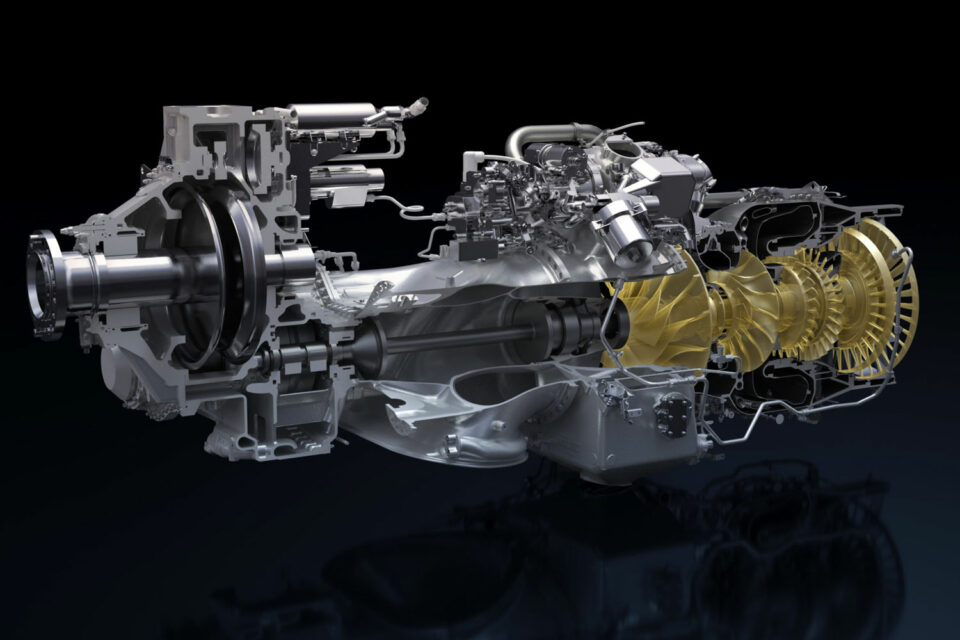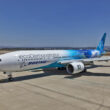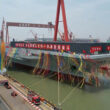Deutsche Aircraft, the manufacturer that develops the Do328eco turboprop, admitted this week that the development program has been delayed and now expects the aircraft to be certified only in the second half of 2026.
Until then, the company, which took over the original Dornier project, estimated to put the regional turboprop into operation in 2025.
The project has reached important milestones in recent months, according to Deutsche Aircraft, including the completion of the PDR – Product Design Review in May and the carrying out of aerodynamic studies and event tunnel tests of the improved configuration of the aircraft.
Also according to the German manufacturer, the changes were motivated by the first Customer Advisory Board (CAB), which brought together 10 companies invited to provide feedback on the project.

Engine selected
On Friday, Deutsche Aircraft announced the selection of the PW127XT-S engine supplied by Pratt & Whitney Canada to power the D328eco.
One of the main features of the engine is the reduction in maintenance costs and 3% less fuel consumption. The partnership with the Canadian company also includes the development of changes that allow the PW127XT-S to operate on 100% sustainable fuel (SAF), including hydrogen-based blends.
The D328eco is based on the Dornier 328 turboprop, which entered service in the 1990s and was produced until 2000.
In 2019, an association of companies acquired the rights to the project and relaunched the aircraft with several modifications, including increasing the fuselage length by two meters to allow the transport of up to 43 passengers.
Assembly of the first prototype is expected to begin in the coming months at the manufacturer’s new facility in Leipzig.






